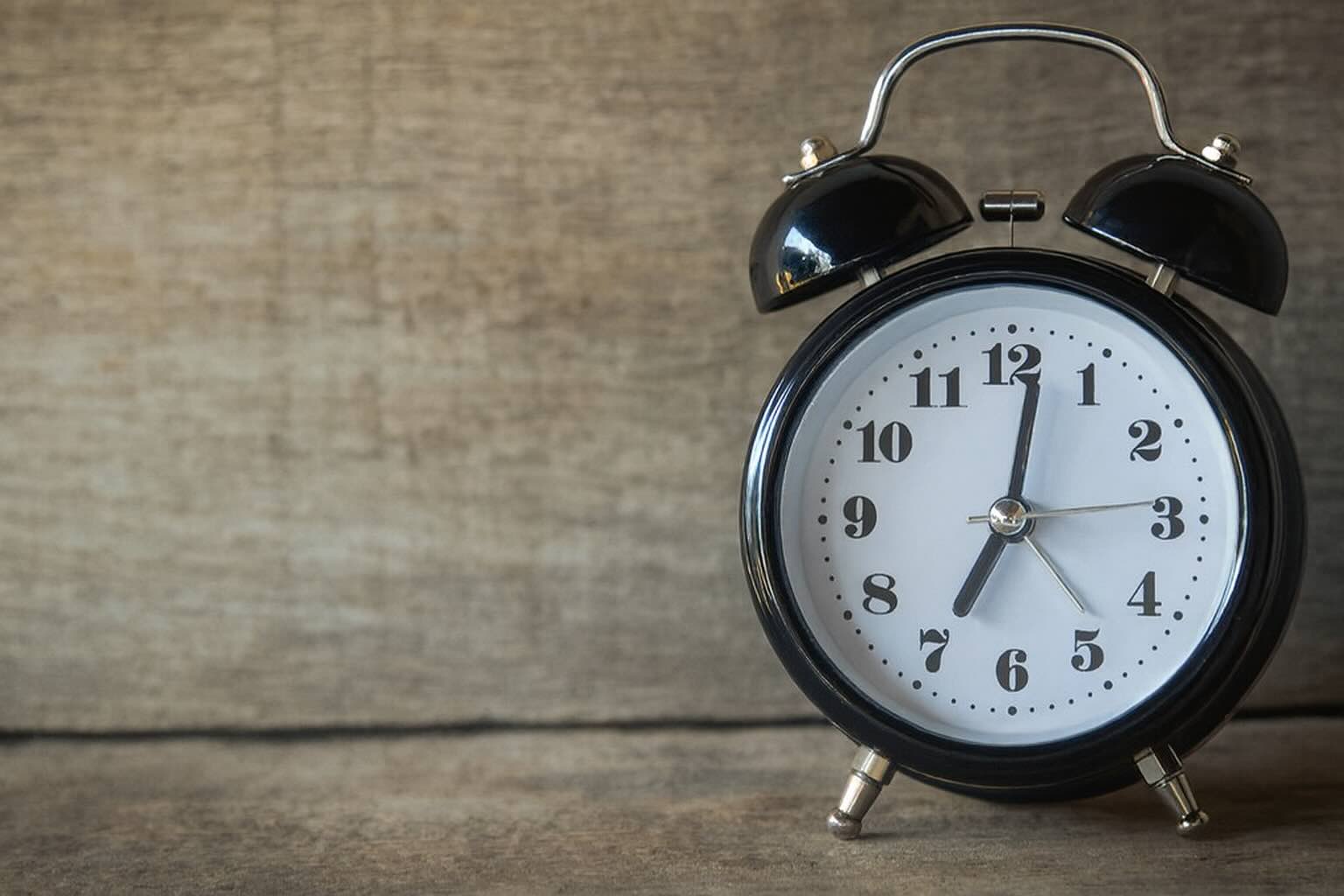The clocks are shifting again, and this seemingly small adjustment can ripple through your mornings, evenings, and daily habits. As Daylight Saving Time ends, the goal is to reset smoothly, stay alert, and maintain safety at home and on the road. While it may feel like just a 60-minute difference, the impact on your sleep, energy, and routine is undeniable. A successful transition relies on using light wisely, pacing your schedule, and adopting a few simple strategies.
What’s Changing and Why It Happens
In the United States, Daylight Saving Time follows a regular schedule: it starts on the second Sunday in March and ends on the first Sunday in November. When clocks “spring forward,” we lose an hour of rest; when they “fall back,” we gain one. This autumn reset means brighter mornings, but evenings that slip into darkness much earlier.
For 2025, the change takes place on Sunday, November 2, at 2:00 a.m.—one of the earliest possible dates in the calendar cycle. Most people will adjust their clocks before bed on Saturday night, November 1. The reward is an extra hour of sleep or leisure, but it also brings a sudden shift in rhythm that can feel unsettling.
Remember that not all clocks update themselves. Smartphones, computers, and most smart devices will reset automatically, but ovens, microwaves, cars, and older watches must be changed manually. Taking a few minutes on Saturday to update them avoids confusion on Sunday.
How the Time Change Affects Your Schedule
Turning the clocks back brightens mornings, which can make early routines easier. However, the tradeoff is that darkness settles in much sooner, impacting evening commutes, outdoor activities, and family schedules. The sudden shift can also affect meal timing and even digital habits like screen time.
Your internal body clock—or circadian rhythm—doesn’t reset instantly. Studies show that while gaining an hour is easier than losing one, it still takes a few days for your body to adapt. The spring shift is linked to spikes in heart attacks and strokes, while the fall transition is gentler but often tied to fatigue and seasonal dips in mood. Exposure to consistent morning light and sticking to regular sleep schedules can help you adapt more smoothly.
For some people, especially those sensitive to shorter days, the time change can trigger seasonal affective disorder (SAD). Symptoms include low energy, irritability, and trouble focusing. Morning sunlight, daily exercise, and maintaining steady bedtimes are some of the best ways to keep these effects at bay.
Health, Risks, and Smart Sleep Strategies
Preparation can make the shift easier. A few nights before the change, try going to bed 15–20 minutes earlier than usual. Keeping a consistent wake-up time, even on weekends, helps your body lock into the new rhythm faster. Adjusting meal schedules and avoiding caffeine late in the day will also improve sleep quality.
Light exposure is your strongest tool. Step outside into natural sunlight shortly after waking to signal to your brain that the day has started. At night, dim lights and reduce screen use at least two hours before bed to encourage melatonin production. These habits improve reaction time, focus, and overall sleep quality.
Safety is another important concern. Darker evenings mean reduced visibility, increasing risks on the road and in neighborhoods. The original purpose of Daylight Saving Time was tied to saving energy and reducing accidents, but individual habits matter too. Running errands earlier, wearing reflective clothing on walks, and setting evening reminders can make the adjustment safer.
The Rules, the Exceptions, and the Debate
Daylight Saving Time has been part of American life for over a century. It began during World War I as a way to save fuel, was reinstated during World War II, and was standardized in 1966 through the Uniform Time Act under President Lyndon B. Johnson. Today, the Department of Transportation oversees its implementation across different time zones.
Not every state follows the practice. Arizona (except for the Navajo Nation) and Hawaii remain on standard time year-round. U.S. territories such as Puerto Rico, Guam, American Samoa, the Northern Mariana Islands, and the U.S. Virgin Islands also opt out.
The debate over whether to keep Daylight Saving Time permanent continues. In 2022, the U.S. Senate passed the Sunshine Protection Act, which would have eliminated the biannual clock changes. However, the bill stalled in the House. While some argue that permanent Daylight Saving Time would reduce disruption, health experts caution that it could lead to long-term “social jet lag” for millions of people.
Home Safety Checks and Practical Prep
The time change isn’t just about sleep—it’s also a good seasonal reminder to review home safety. The New York State Firefighters Association advises changing smoke detector and carbon monoxide alarm batteries when you change your clocks. Roughly 60% of home fire fatalities occur in homes with non-functioning alarms, making this habit a lifesaving one.
Take stock of all your timekeeping devices. While phones, laptops, and smart TVs update automatically, appliances and vehicles often do not. Go through your kitchen, living room, and car to ensure everything matches up. This small step prevents missed appointments or late arrivals.
It’s also an opportunity to refresh your sleep environment. Keep your bedroom cool and dark, avoid heavy meals before bedtime, and limit naps to 20 minutes or less so they don’t interfere with nighttime rest. Simple adjustments like these encourage better sleep hygiene year-round.
A Clear Plan for a Smooth Transition
The fall clock change may last only a moment, but its effects can ripple through your days and weeks. With careful preparation—adjusting your sleep gradually, maximizing morning light, and keeping alarms in sync—you can ease into the new rhythm with minimal stress. On Sunday, November 2, 2025, clocks move back one hour, offering an extra 60 minutes. Use it wisely to rest, recharge, and reset for the season ahead.
